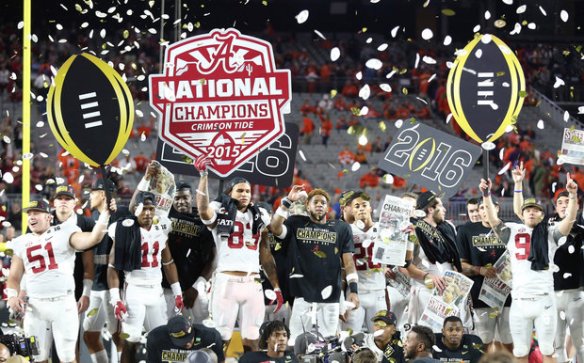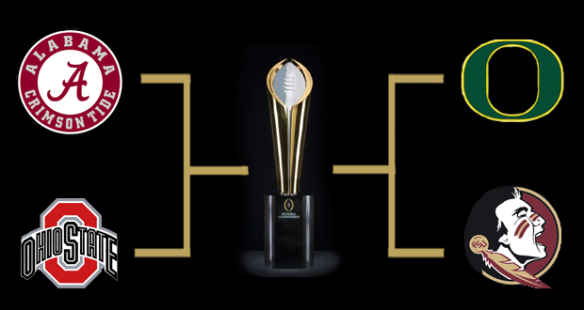
One week ago today, the fates and fortunes of people and organizations were changed for the immediate future. The video of former NFL running back Kareem Hunt assaulting a woman (and literally kicking her while she was down) was released by TMZ. This came after an incident one month before in Kansas City and preceded another incident just a few months later in June where Hunt was suspected of punching a man in the face.
Many others have offered their opinions on how the release of the initial video opened up a box of misguided judgment, from the handling of the “investigation,” by the Cleveland Police Department, NFL, and Kansas City Chiefs, to a misinterpretation of domestic violence, to when or if Hunt should have even been released. But in keeping with the theme of this blog, while this involves an issue more sensitive and complex than simply communication lessons gleaned from sporting events, we’ll focus on how one positive emerged from this very serious situation.
Turning the focus back on the Kansas City Chiefs, even those with some familiarity of sports this year are probably aware that second-year quarterback, Patrick Mahomes, is having a marvelous season. One of historic proportions that has included his name mentioned in the same category as future Hall of Famers Manning, Brady and Brees due to his statistical projections. Not to mention, having his jersey already displayed in the NFL Hall of Fame after the second week of the season after his six touchdown performance against the Pittsburgh Steelers.
Besides his performance, it has also been Mahomes’ demeanor and leadership ability that has equally earned the respect of his teammates and new hometown of Kansas City. It’s a lot to put on the shoulders of a 23-year-old, asking him to lead professionals 10-15 years older with their livelihoods and NFL careers riding on how he acts on and off the field.
But it is in times of adversity – and often due to unexpected events – that truly measure the character of a person. It’s easy to lead when things are going well, but how you rally a group, get them to buy in, and continue to follow the direction of the organization when things are seemingly – and suddenly – at their worst, is the ultimate measuring stick of a leader. It turns out Mahomes had an answer for that as well.
When being asked about the situation with Hunt, Mahomes uttered five simple words (okay, six if you’re counting the compound word) that in my opinion has set the tone for his leadership of the Kansas City Chiefs. He said, “We don’t do those things.”
The statement was short, simple and to the point. And it also offered three takeaways:
- Saying a lot without saying much: By not offering any more “fluff” before or after his message, Mahomes left nothing open to interpretation. Instead, his brief and direct statement allowed his message to be clear and understood.
- Setting the tone: Instead of a friendly rebuke of the charges, or continuing on about how “unfortunate” the situation was without specifying if his sympathy was for Hunt or the victim, Mahomes’ statement flat out admonished the behavior by his former teammate. He let the team and fans know what is expected and certain actions that will not be tolerated as part of the organization.
- Setting the stage: Employment is a privilege. Nothing should be taken for granted. Mahomes’ words, while addressing the situation, also made something else clear: we’re moving on. With a definitive statement, it made clear to the organization that the goals they have for the year remain, the trajectory toward those goals will continue, and they will get there with people that adhere to a certain standard.
While it’s yet to be seen if Hunt will have a future in the NFL, it is clear that Mahomes’ leadership shines equally off the field as it does on it. Mahomes may have what it takes to lead the Chiefs to another Super Bowl, but more importantly, already has what it takes to lead a team and a city with high character. And for a town that has desperately wanted another “homegrown” quarterback to call its own since Len Dawson retired, it is a welcome reward that has been a long time coming.


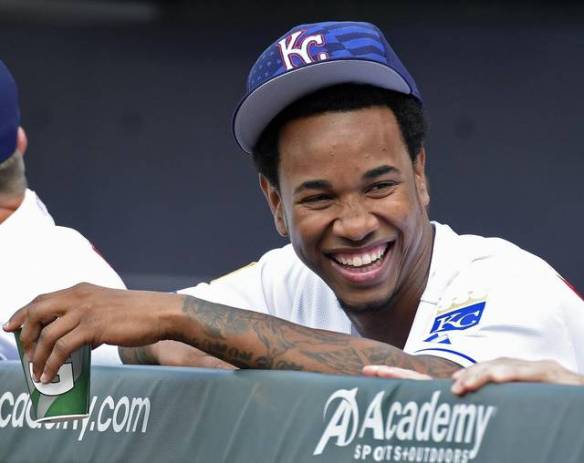

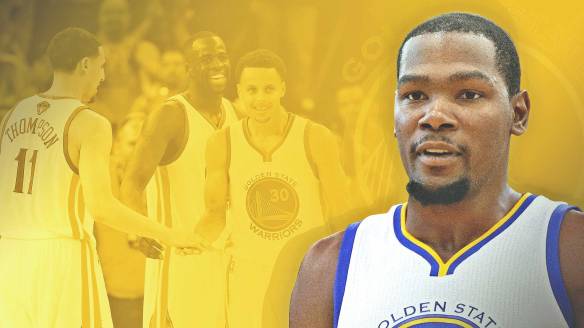

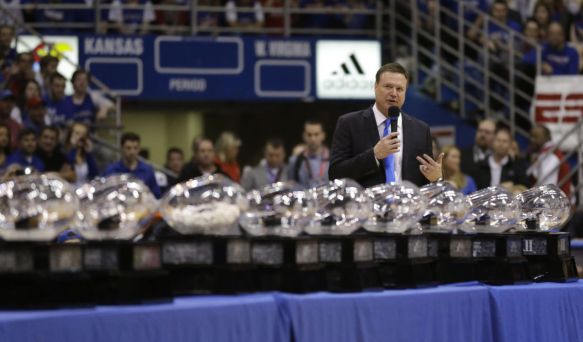

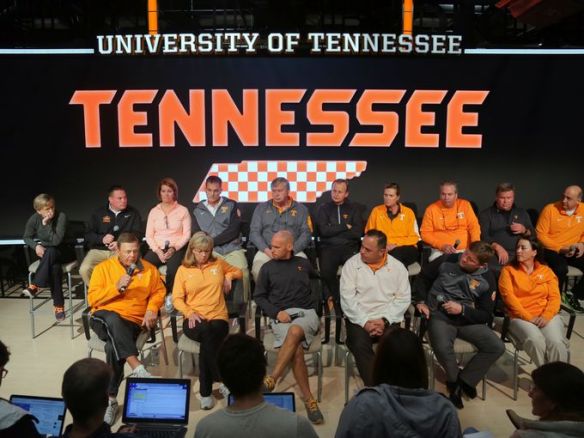 (Photo by Randy Sartin/USAToday Sports)
(Photo by Randy Sartin/USAToday Sports)
